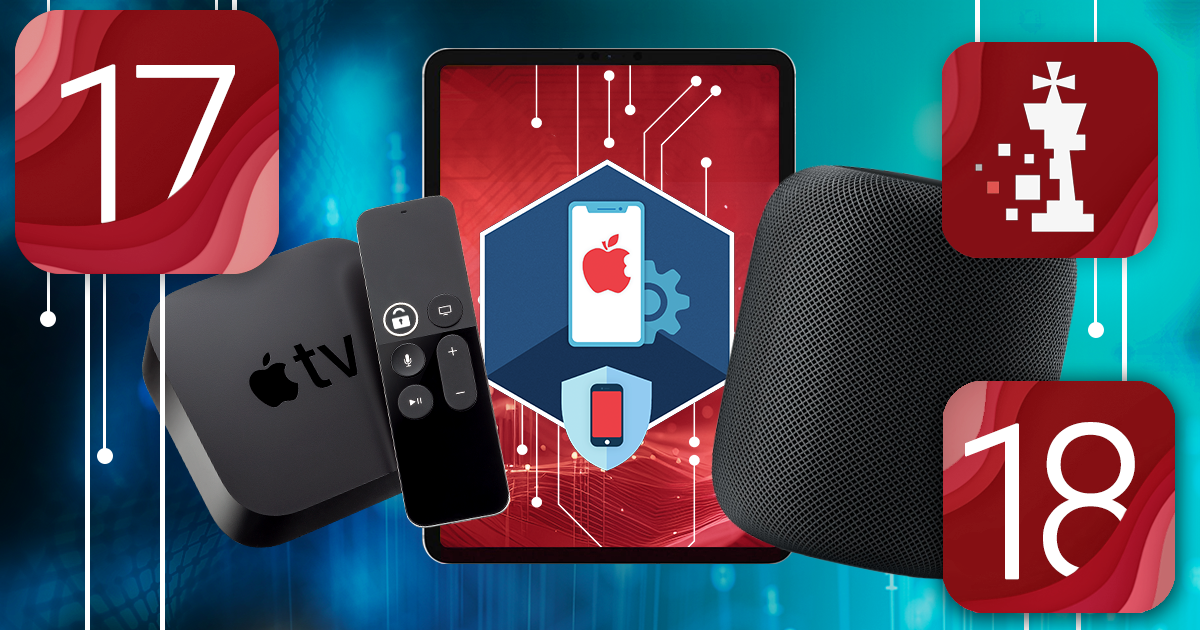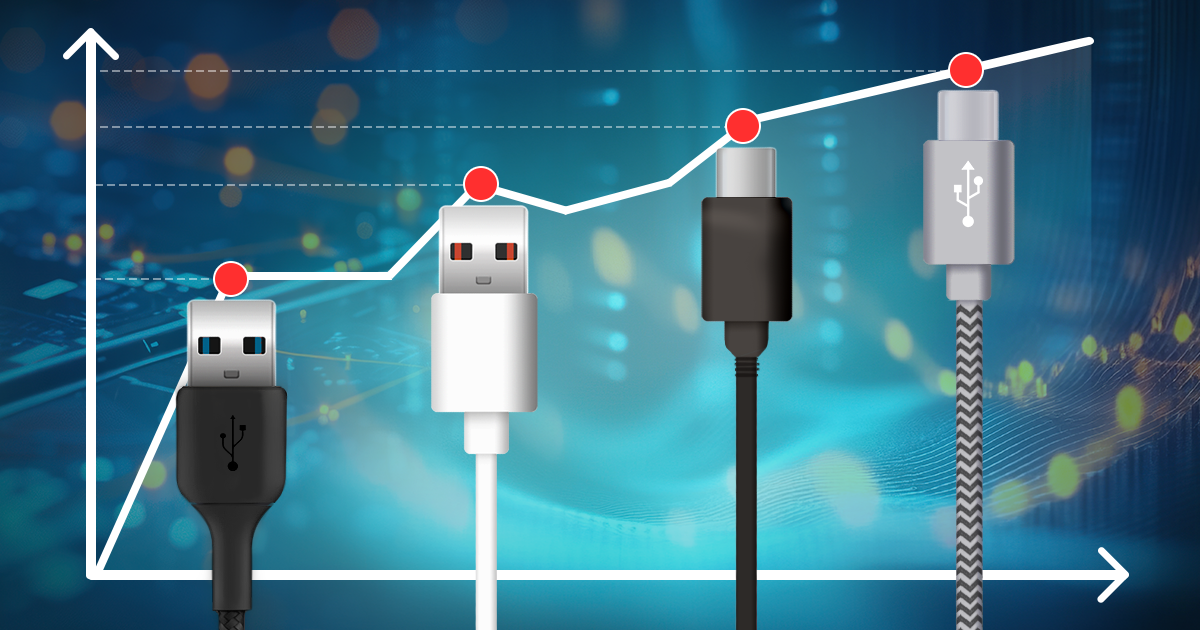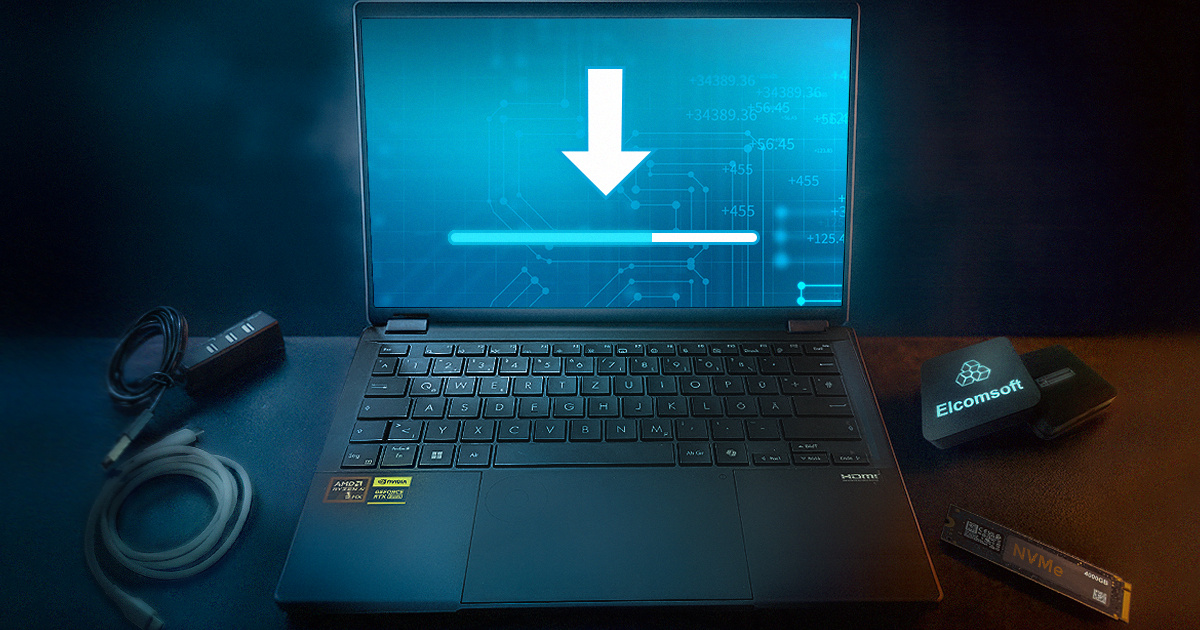We have updated Elcomsoft Cloud Explorer, our Google Account extraction tool, with Google Fit support. Google Fit is a relatively little known Google service aimed at tracking the user’s health and physical activities. In line with pretty much every other Google service, Google Fit synchronizes massive amounts of data with the user’s Google Account, storing activity-related information collected by all of the user’s devices in a single place. When extracting these data, we discovered massive amounts of location points stored alongside with information related to the user’s physical activities. Learn what is stored in Google Fit and how to extract it from the cloud!
Just days ago, we have reviewed the data stored in iCloud, and studied its encryption mechanisms. We also discussed the discrepancies between the data that is stored in the cloud and the data that’s provided to the law enforcement. In case you missed it, make sure to check out Apple vs. Law Enforcement: Cloud Forensics. Today, the differences are great; Apple is using point-to-point encryption to protect certain types of data. However, it has not always been that way. Apple security model changed year after year. This article reviews the timeline of Apple security changes over time.

Today’s smartphones collect overwhelming amounts of data about the user’s daily activities. Smartphones track users’ location and record the number of steps they walked, save pictures and videos they take and every message they send or receive. Users trust smartphones with their passwords and login credentials to social networks, e-commerce and other Web sites. It is hard to imagine one’s daily life without calendars and reminders, notes and browser favorites and many other bits and pieces of information we entrust our smartphones. All of those bits and pieces, and much more, are collected from the iPhone and stored in the cloud. While Apple claims secure encryption for all of the cloud data, the company readily provides some information to the law enforcement when presented with a legal request – but refuses to give away some of the most important bits of data. In this article we’ll cover the types of data that Apple does and does not deliver when served with a government request or while processing the user’s privacy request.
The past two years introduced a number of challenges forensic experts have never faced before. In 2018, Apple made it more difficult for the police to safely transport a seized iPhone to the lab by locking the USB port with USB restricted mode, making data preservation a challenge. The release of the A12 platform, also in 2018, made it difficult to unlock iOS devices protected with an unknown password, while this year’s release of iOS 13 rendered unlock boxes useless on iPhones based on the two most recent platforms.
Skype synchronizes chats, text messages and files sent and received with the Microsoft Account backend. Accessing Skype conversation histories by performing a forensic analysis of the user’s Microsoft Account is often the fastest and easiest way to obtain valuable evidence. Learn how to use Elcomsoft Phone Breaker to quickly extract the complete conversation histories along with attachments and metadata from the user’s Microsoft Account.
Passwords are probably the oldest authentication method. Despite their age, passwords remain the most popular authentication method in today’s digital age. Compared to other authentication mechanisms, they have many tangible benefits. They can be as complex or as easy to remember as needed; they can be easy to use and secure at the same time (if used properly).
The Screen Time passcode is an optional feature of iOS 12 and 13 that can be used to secure the Content & Privacy Restrictions. Once the password is set, iOS will prompt for the Screen Time passcode if an expert attempts to reset the device backup password (iTunes backup password) in addition to the screen lock passcode. As a result, experts will require two passcodes in order to reset the backup password: the device screen lock passcode and the Screen Time passcode. Since the 4-digit Screen Time passcode is separate to the device lock passcode (the one that is used when locking and unlocking the device), it becomes an extra security layer effectively blocking logical acquisition attempts.
In iOS forensics, cloud extraction is a viable alternative when physical acquisition is not possible. The upcoming release of iOS 13 brings additional security measures that will undoubtedly make physical access even more difficult. While the ability to download iCloud backups has been around for years, the need to supply the user’s login and password followed by two-factor authentication was always a roadblock.
iOS 13 is on the way. While the new mobile OS is still in beta, so far we have not discovered many revolutionary changes in the security department. At the same time, there are quite a few things forensic specialists will need to know about the new iteration of Apple’s mobile operating system. In this article, we’ll be discussing the changes and their meaning for the mobile forensics.
Apple iCloud, Apple iCloud Drive, EIFT, Elcomsoft iOS Forensic Toolkit, Elcomsoft Phone Breaker, Elcomsoft Phone Viewer, EPB, EPV, iCloud, iOS 13, macOS
We all know how much important data is stored in modern smartphones, making them an excellent source of evidence. However, data preservation and acquisition are not as easy as they sound. There is no silver bullet or “fire and forget” solutions to solve cases or extract evidence on your behalf. In this article, which is loosely based on our three-day training program, we will describe the proper steps in the proper order to retain and extract as much data from the iPhone as theoretically possible.


